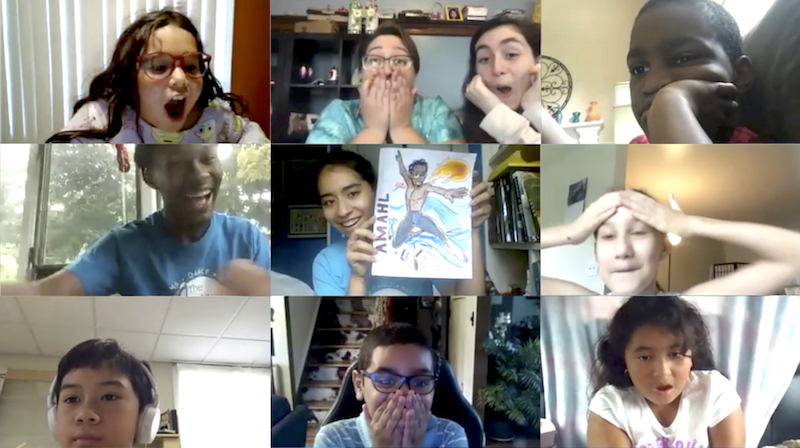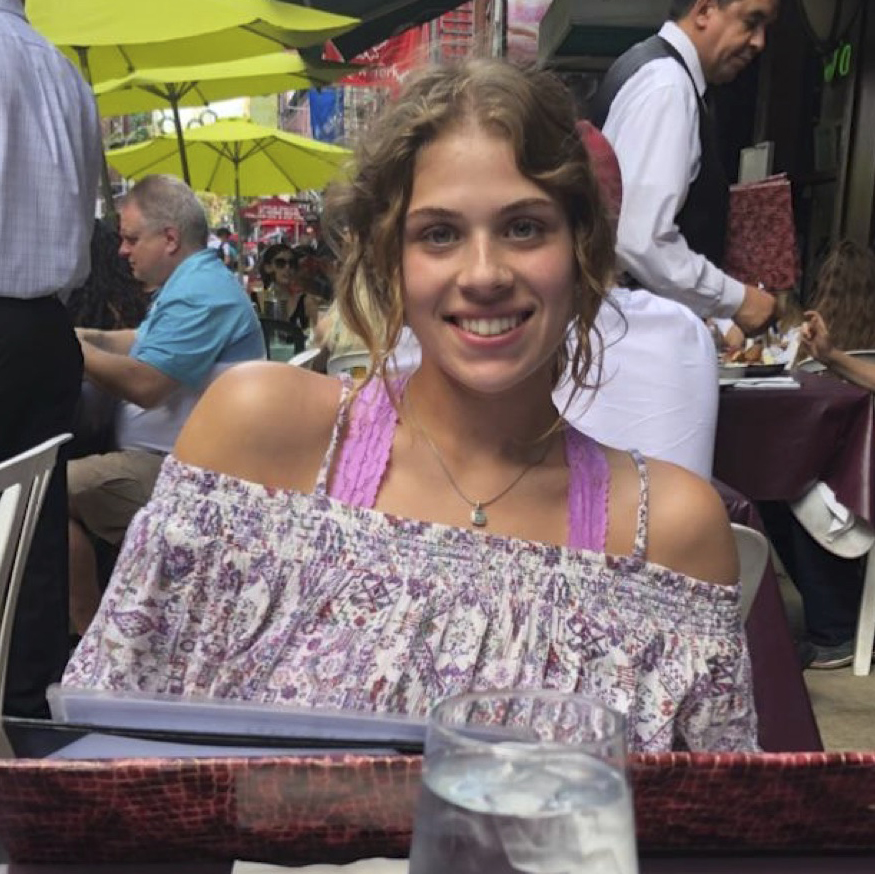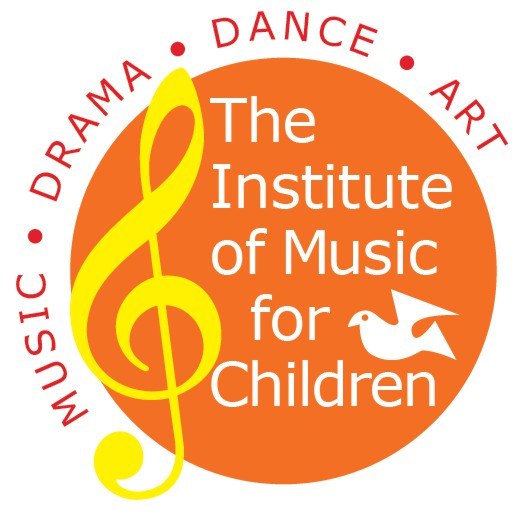OUR BLOG
- Details
- Category: Blog
Welcome to our blog! Here we will be sharing our ideas about our community, the field of arts education and how you can support our work.
THE MAGIC IS STILL HERE
by Jacqueline Zemba, Americorps VISTA Service Member
January 27, 2021

"For when people get caught up with that which is right and they are willing to sacrifice for it, there is no stopping point short of victory."
(Dr. Martin Luther King Jr., I've Been to the Mountaintop)
The Institute of Music for Children offers a wide array of music and arts classes to children in the community as young as five years old. The program is filled with top professional artists and teachers who are dedicated to opening a world of new experiences for children in the Elizabeth community and its surrounding neighbors. A wide array of classes like acting, singing, dance, visual arts, music, and more provide a community with a comprehensive and full-rounded arts education that is much deserved. But what sets the Institute apart from other arts education programs is the Institute's focus on youth development.
The only other arts education programs that come close to this mission is the YMCA. Very few programs provide a multi-lingual and multi-cultural education, and this is one of the many aspects of the Institute that sets them apart from the rest. The Institute represents the community it is a part of but it also is its own real community—every voice matters and holds weight. The mission of the Institute is to form deep connections and relationships with the community it represents. To the Institute, it is not just about the classes. The combination of culturally relevant curriculum, equity, and youth development is part of the magic in the work of the Institute.
The work of the Institute goes beyond the classroom. Research on the impact of arts education has proven its success with communities and it's need to be implemented in youth education curriculums. Studies on the effects of arts education show that students who engage in art education have more positive interactions with their peers, teachers, as well as family members. Students also gain social and emotional learning like self-confidence, self-esteem, and anger inhibition, as well as skills like critical and creative thinking. (Wan, et al. 28) But providing an accessible and well-rounded arts education is not the only focus of the Institute. Youth development and equity are equally as important as providing an arts education to students in the Elizabeth community. The Institute's work is focused on building connections and long-lasting relationships. Interpersonal relationships are extremely important to youth development and the Institute's mission is to build student connections with their peers, families, the community, and themselves. As an entirely Black and LatinX led non-profit organization serving an underserved community, youth development, equity, strong community ties, and culturally relevant curriculums are fully embraced in and out of the classroom. The Institute's commitment is to the community and the work they pursue is the work that the world must consider taking on.
The Institute prioritizes youth development as well as a comprehensive arts education and their mission addresses the idea that growth and knowledge for a child do not just occur in the classroom. There is an increase in engagement for students who are seeking an arts education and this engagement leads to more learning and critical thinking as well as social skills like self-confidence and responsibility. (Montgomery 3) The Institute's holistic beliefs and practices highlight why investing in creative youth development is an investment in the community itself. The Institute believes that the crucial development of young art lovers is connected to the healthy relationships they form with their teachers, families, peers, as well as themselves. The growth and knowledge start once that child walks through the door (or logs onto zoom!!).
This was my second week at the Institute and I was offered the chance to attend a Strategic Planning Committee meeting and learn more about the Institute and it's goals for the future. I listened about the needs and possible opportunities for the school, especially with the current pandemic raging on. This was my first-time meeting many of the directors and staff. The type of education the Institute pursues for its students already poses its challenges from both outside as well as inside influences, but the challenges posed by the COVID-19 pandemic was entirely new. The President of the Institute, Betty Bryant, had said, "The pandemic forced us to do something different." How can the Institute translate those same magical experiences through a screen?
Even with all of the chaos that has come along with the year of 2020, the Institute never forgot its mission and has proven to provide transformative experiences for the community. Through the transition to virtual learning, the Institute served 521 students and provided almost 600 art experiences since the COVID-19 pandemic began. In the year of 2020, the number of students reporting that they "feel nervous" most days or every day decreased by 10%. Students who report that they "feel sad" most days, every day, or all the time decreased by 15%.
In the midst of a devastating and life-changing pandemic, the Institute managed to keep almost 40 artists employed with a living wage (IMC 2020 Annual Report). But the data I find to be the most telling of the Institute's work, is that the retention rate for members is 80%. Eighty percent of members who join the Institute, find a home as well. It is clear that the magic of the Institute was not lost even when the pandemic made us feel as such. And this is because it is with the Institute's approach that the magic thrives. I can only imagine as of now how it will feel to watch the magic in person when the Institute will open its doors again.
References
The Institute of Music for Children. Annual Impact Report. 2020.
W.K. Kellogg Foundation. One Journey: Racial Equity, Diversity and Inclusion. 2020.
Wan, Yinmei, et al. Review of Evidence: Arts Education Through the Lens of the ESSA. American Institutes for Research, 29 Nov. 2018, pp. 1–93.
Montgomery, Denise. "The Rise of Creative Youth Development." Arts Education Policy Review, vol. 118, no. 1, 2017, pp. 1–18.
Author

Jacqueline Zemba is a recent graduate of Ithaca College and completed her Bachelor’s degree in Sociology with a minor in International Politics. She is currently a Service Member at the Institute as part of the AmeriCorps VISTA Program.
